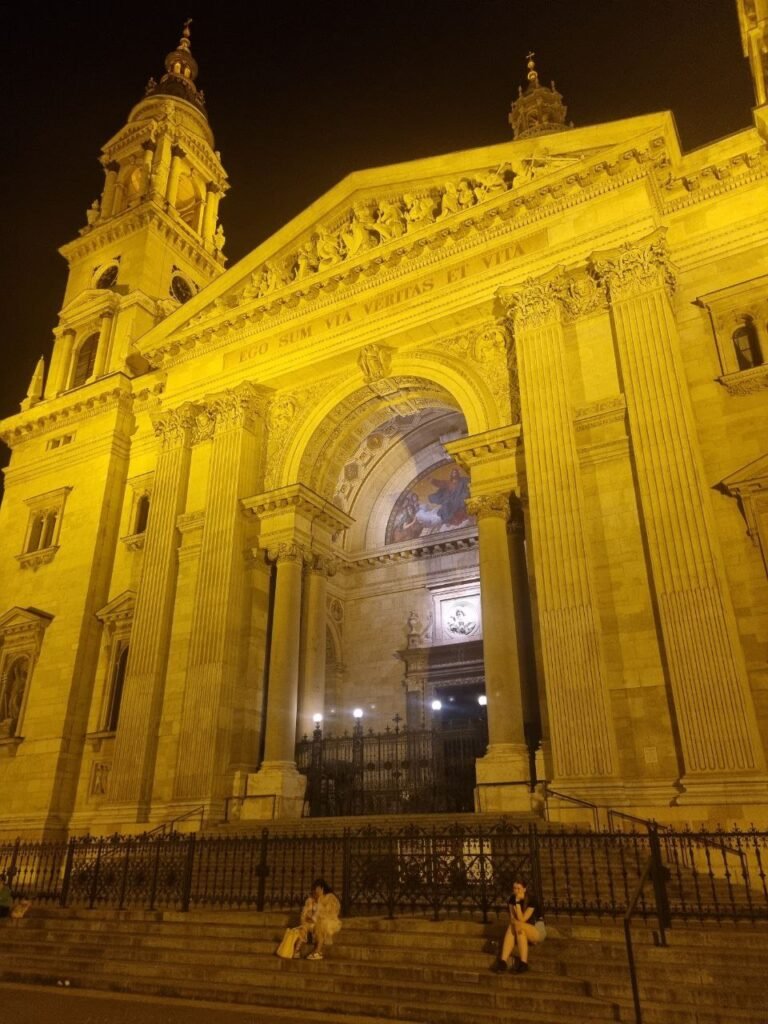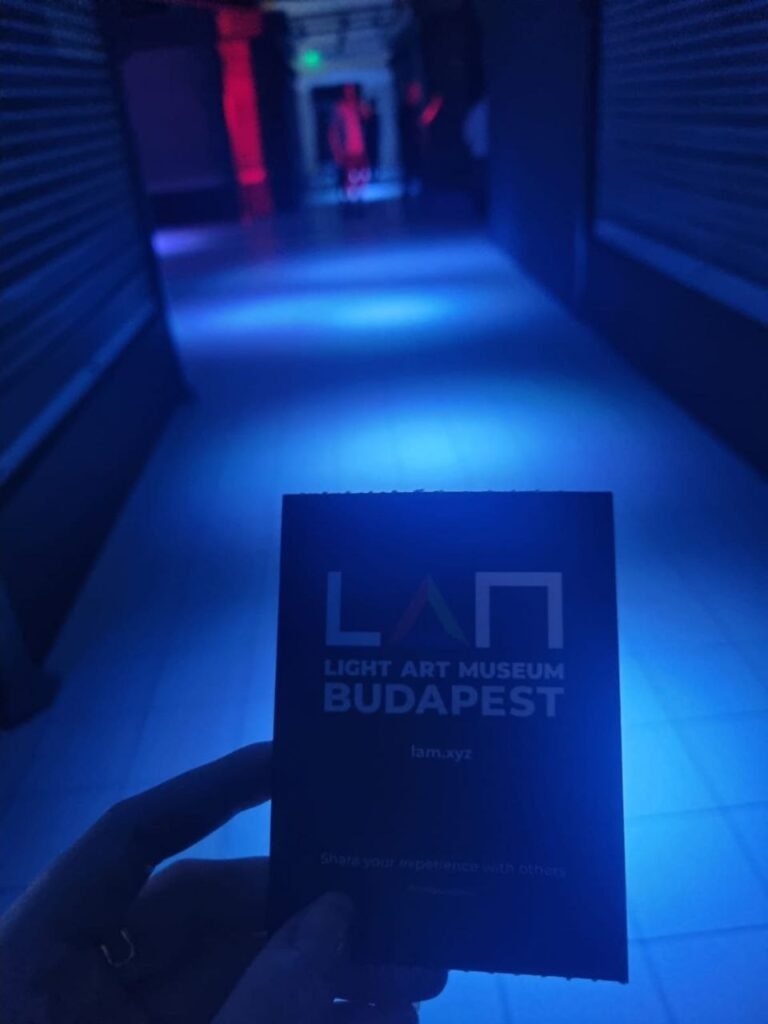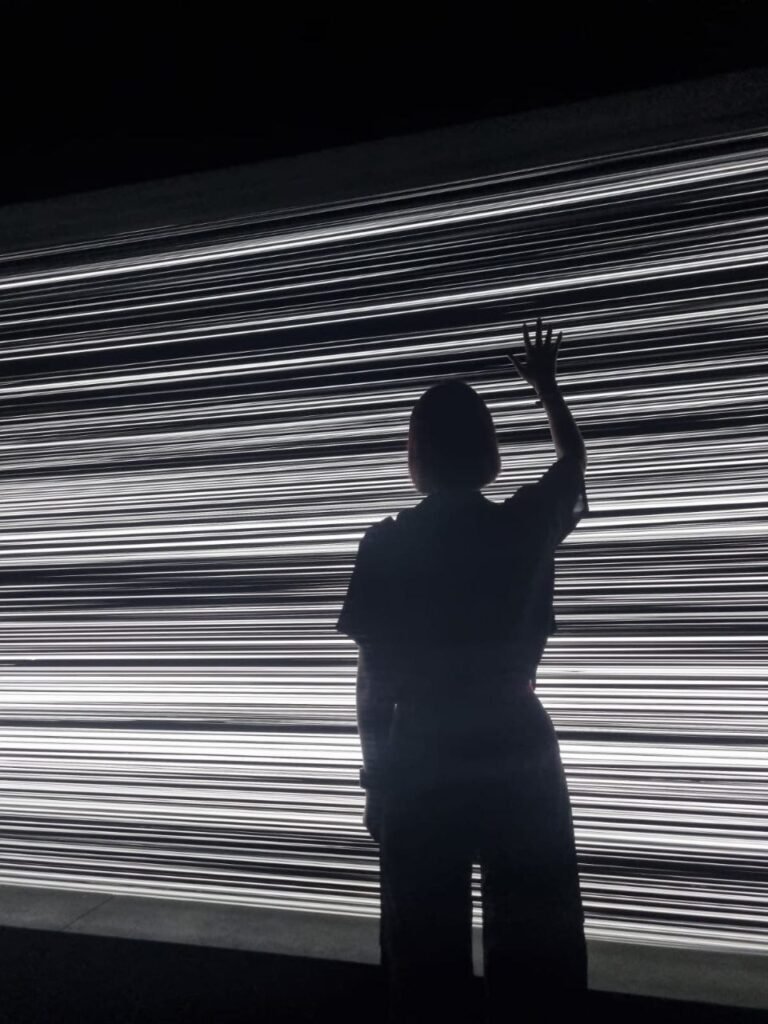Cities reveal themselves differently after sunset. Budapest, already mesmerizing by day with its neo-Gothic parliament and art nouveau facades, transforms into something truly magical in the evening hours. For the past three nights, I’ve been attending performances at the Budapest Summer Festival, where the illuminated Chain Bridge and Buda Castle provide a backdrop so spectacular it nearly upstages the performers themselves.

This annual festival, running from June through August, transforms various locations along the Danube into open-air venues for classical concerts, jazz performances, theatrical productions, and film screenings. Initially, I came to Budapest with no cultural agenda, drawn simply by the city’s architectural beauty and its position at the crossroads of Eastern and Western Europe. Discovering the festival was a happy accident—overhearing a conversation about a riverside symphony performance while dining at a café near my hotel.
Last night’s concert on Margaret Island particularly moved me—chamber music performed as twilight descended, the musicians silhouetted against the gradually darkening sky, the river flowing silently behind them. The program featured Bartók and Liszt, Hungarian composers whose work embodies both national identity and cosmopolitan exchange—a perfect musical expression of Budapest’s own cultural position. As the final notes of Liszt’s “Les Préludes” faded into the night air, bats began their silent flight above the Danube, as if orchestrated to complement the performance.
What surprises me about the Budapest Summer Festival is its intellectual range. Despite the name suggesting purely entertainment-focused summer fare, the programming includes substantive cultural lectures, literary discussions, and intimate poetry readings. Yesterday afternoon, tucked away in a small courtyard venue near the Opera House, I attended a bilingual poetry session featuring contemporary Hungarian writers alongside translated works from Central European poets. Though my Hungarian remains rudimentary, the emotional cadence of the original readings transcended linguistic barriers, while the English translations provided conceptual understanding.
These performances, situated in public spaces rather than traditional cultural venues, dissolve the boundaries between art and everyday life in ways that feel increasingly significant. A string quartet playing in a city square attracts both intentional audiences and accidental passersby. A theatrical monologue performed on ancient steps draws in tourists who had planned only to photograph historic buildings. This democratization of cultural experience—removing the institutional thresholds that often separate art from broader public engagement—creates a different kind of attentiveness, a different relationship between performer and audience.
Watching these boundary-dissolving performances, I found myself thinking about a fictional scenario I’ve been developing for my next project. Though I’m reluctant to share too much about this work-in-progress, here’s a fragment from my notebook that seems particularly resonant with what I’m experiencing here in Budapest:
The performance began precisely at the moment when it became impossible to distinguish between participants and observers. Marina stood at the edge of the plaza, watching as costumed actors mingled with evening commuters, their theatrical gestures gradually influencing the movement patterns of unwitting pedestrians. A businessman unconsciously adjusted his stride to match the staccato step of a masked performer beside him. A tourist couple found themselves incorporated into a choreographed sequence, their confusion transforming into delight as they realized their accidental role.
“This is the liminal zone,” Nikolai said, appearing suddenly beside her. “The boundary where representation bleeds into reality, where audience becomes performer without conscious intention.”
Marina nodded, watching as the plaza became a living composition of knowing and unknowing participants. “But who’s directing this transformation? Where does spontaneous human interaction end and artistic intention begin?”
“That’s precisely the question this piece is asking,” he replied, gesturing toward a woman in a red coat who might have been either a sophisticated actor or simply an elegant passerby. “The border between art and life isn’t fixed—it’s permeable, constantly renegotiated through collective attention.”
These questions about the boundaries between art and reality, between deliberate performance and spontaneous human interaction, feel particularly alive here in Budapest, where cultural expressions spill beyond designated venues into public spaces. The festival creates temporary zones where the city itself becomes both stage and audience, where the lines between cultural consumption and everyday experience blur productively.
Tonight’s program features a contemporary dance performance at riverside steps near the Elizabeth Bridge, followed by an open-air screening of a restored Hungarian film from the 1960s. I’ll be attending both, curious about how these different artistic forms engage with public space, how they transform familiar urban environments into sites of unexpected aesthetic encounter.

As I move through this beautiful city, constantly crossing bridges between Buda and Pest, between historic weight and contemporary energy, between Eastern and Western sensibilities, I’m gathering impressions that will surely find their way into future work. The Budapest Summer Festival offers not just cultural entertainment but a living laboratory for thinking about how art creates temporary communities, how shared attention transforms public space, how boundaries between performer and audience might dissolve while still maintaining the essential tension that makes performance meaningful.
“Art washes away from the soul the dust of everyday life.” (Picasso’s observation feels particularly apt as I watch riverside concerts transform ordinary evening strolls into moments of collective transcendence)
— Anastasia
